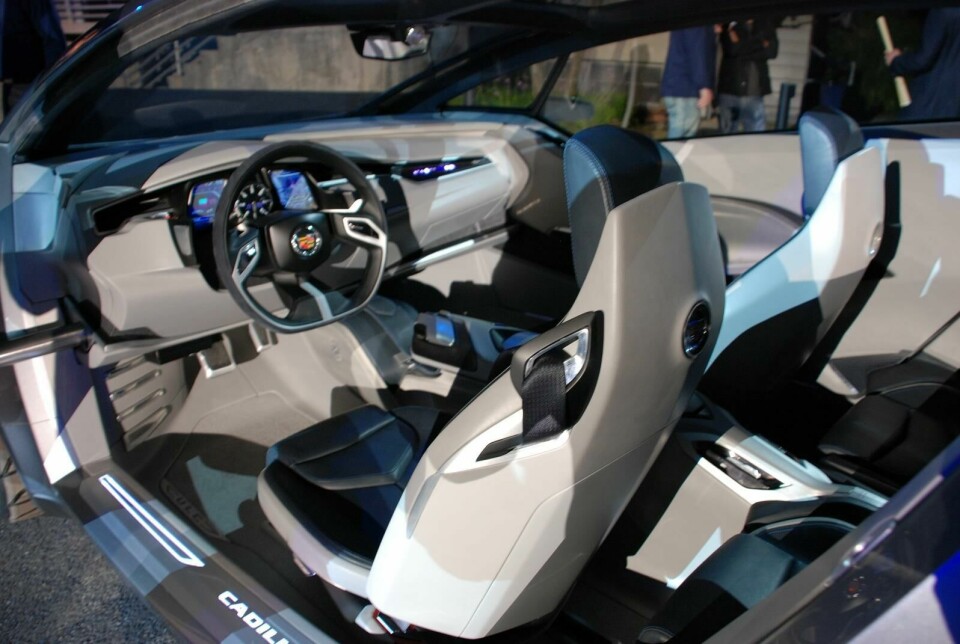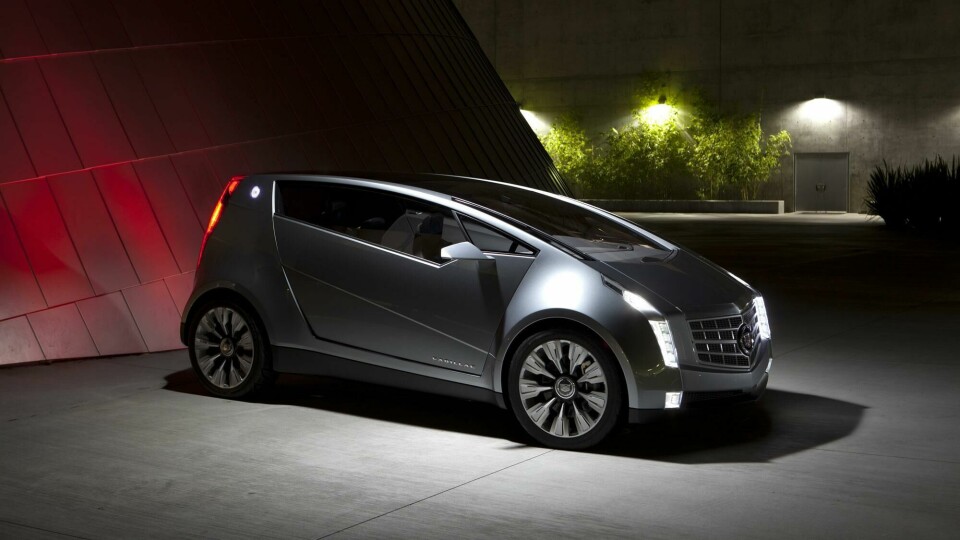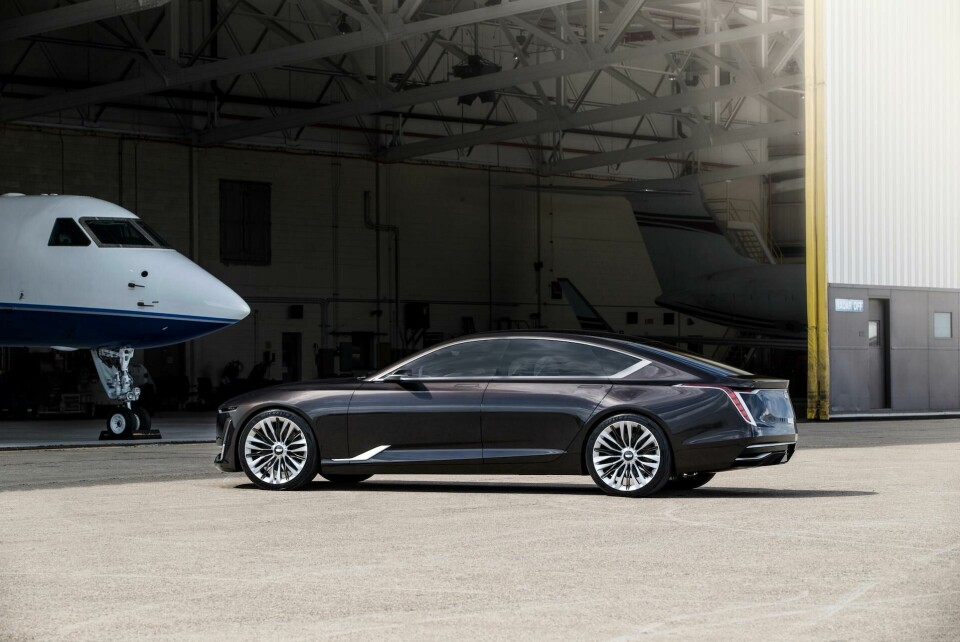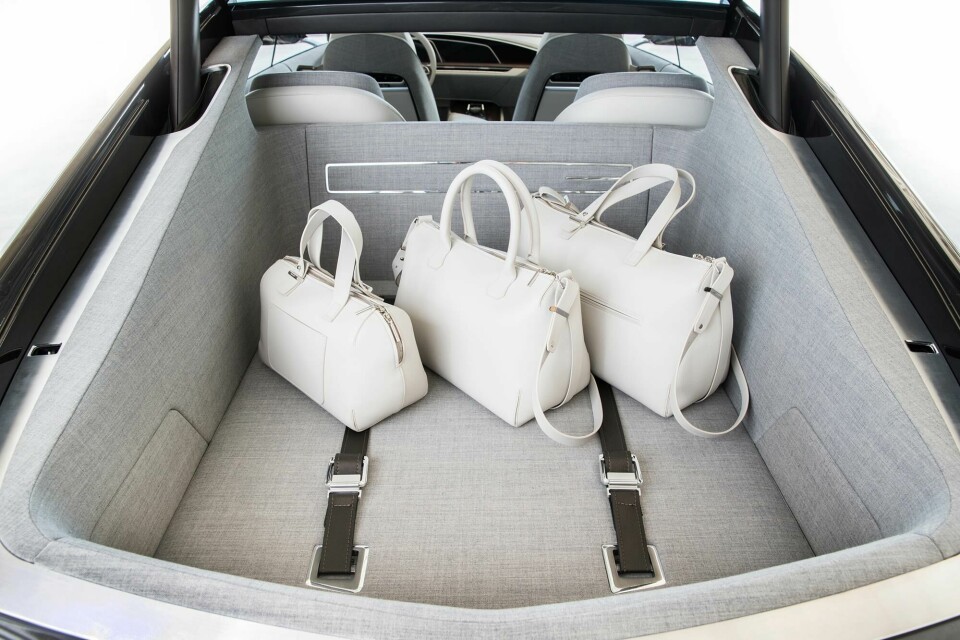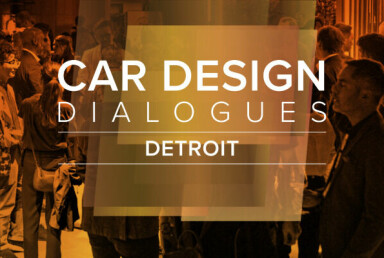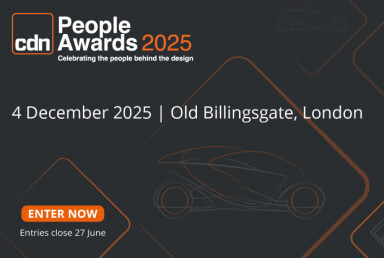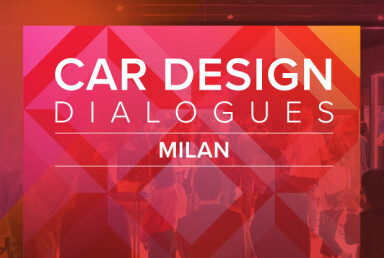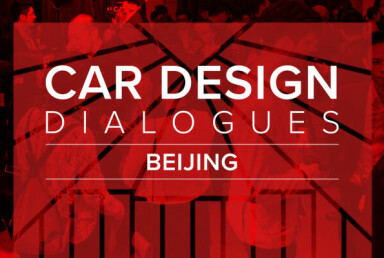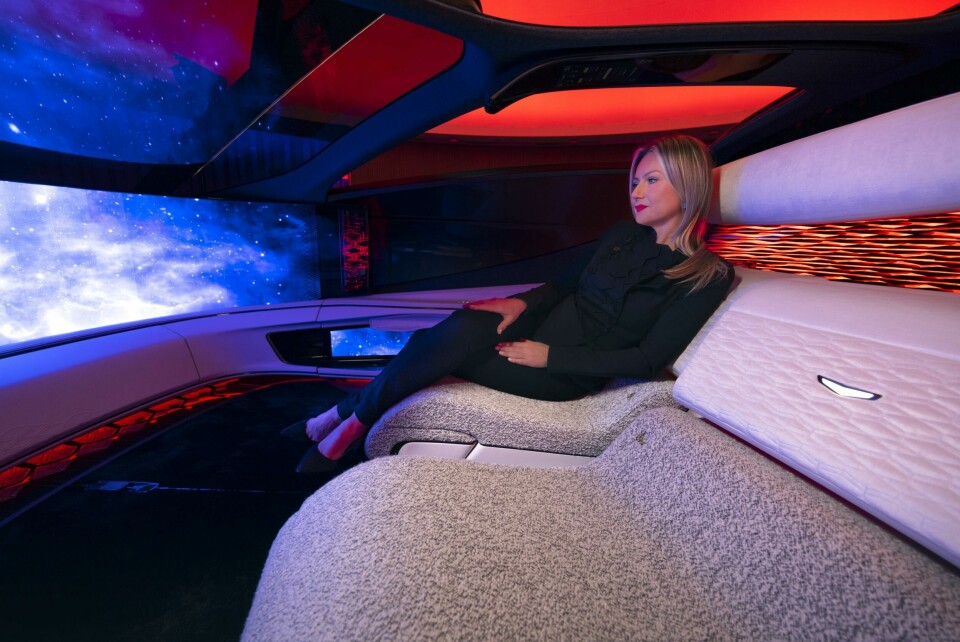
Noteworthy design roles: Cadillac’s Alexandra Dymowska brings brand thinking to the design studio
In her unique position, the fine-artist-turned-designer leads a cross-disciplinary team that puts stories before sketches
In this transformative time of electrification, forthcoming autonomous technology and an increasing focus on user experience, the very roles in the design industry are evolving.
While many designers still hail from traditional transportation design programs, we’re seeing more automotive studios recruiting from fashion, footwear, industrial design, architecture and more as companies seek the secret sauce that will draw in — and keep — an increasingly demanding crop of customers. Here at CDN, we will be spotlighting some of the people behind these novel design roles, shedding light on how some studios are tackling this new era and what it means for the industry as a whole.
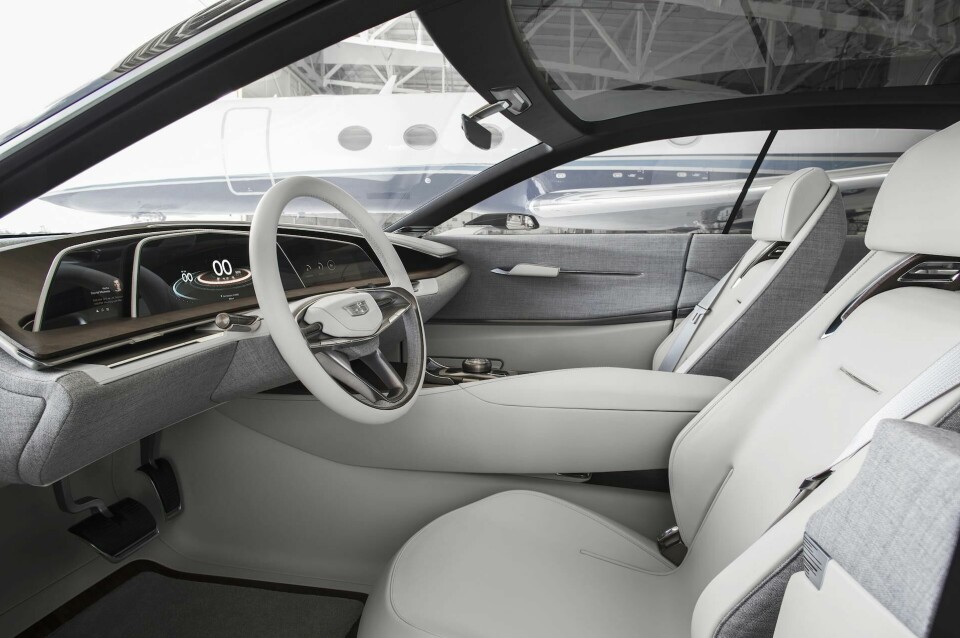
At Cadillac, Alexandra Dymowska is the head of brand strategy and experience. Originally with a background in fine art, Dymowska consulted for contemporary art collections at the Chicago Department of Cultural Affairs and was an artist-in-residence both in the US and in her native Poland before studying industrial design and automotive design. Her first automotive role was in the Cadillac colour and trim studio, where she worked on vehicles including the ATS and the Urban Luxury Concept. Later, she moved to interior design where she contributed to the CT6, the Escala Concept, and the current-generation Escalade.
Laura Burstein: How would you describe your current role at Cadillac?
Alexandra Dymowska: I bridge the efforts between different areas in the company. Not only in design, but in brand development and marketing. The role that I have was not something that existed. It organically evolved with the market changing and with Cadillac design evolving. I got interested in developing this function because there’s so much richness happening in the design process that wasn’t being shared. I bring focus and framing of the ideas that help to develop our products, to make sure we all stay connected and that everything has a consistent look and feel. This is important, especially when you work in a big organisation. You need to have a sense of what’s going on in various departments and how you bring that together.
It’s really important to have someone who’s a bit of a philosopher on the team
LB: You were a painter and fine artist before shifting to CMF and interior design. How did your background prepare you for this role?
AD: Studying art then design and design history from different points of view really helped me to understand design’s place in society and culture. It’s really important to have someone who’s a little bit of a philosopher on the team and can see things from more of a distance. I come in and ask, what’s the impression on the customer side, seeing things from the outside and giving the designers a bit of perspective.
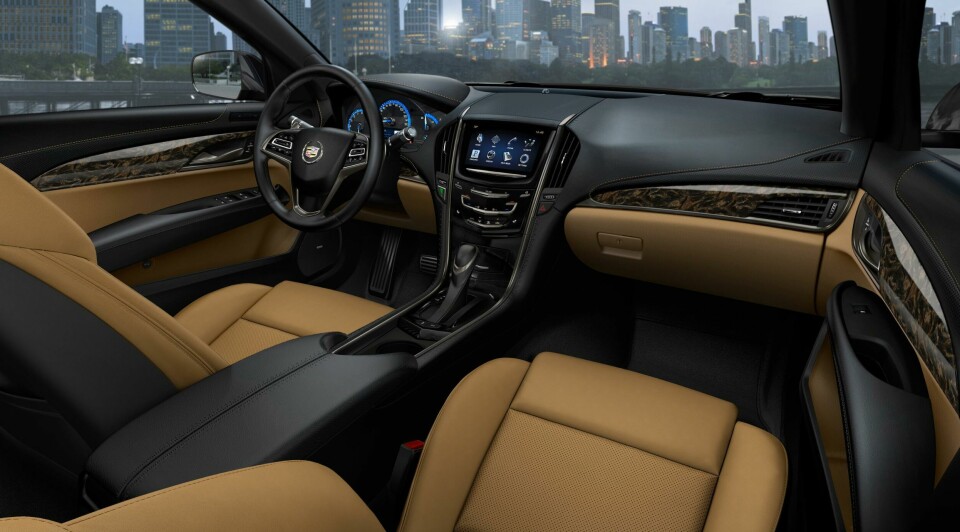
LB: How has this changed the thinking and the workflow in the studio?
AD: I work with designers on defining the design philosophy and help them focus on what makes Cadillac Cadillac. Designers can be very zeroed in on what they’re working on, whether that’s a specific part, or a show car, or whatever. I help them learn to think from a concept and fish out ideas that might otherwise be lost. It could be about where an idea came from, or thinking through metaphors. This has changed how we start a project. Before, we would lean more toward picking a sketch because it was cool. Now, we’re much more conscious of whether it is expressing the brand and pushing it forward.
It’s not just about someone who knows how to sketch an interior or a wheel
LB: Can you give a specific example of how these brand exercises have translated directly into the product?
AD: Theres’s always been this sense of theatricality about Cadillac, so we worked together on the concept of “spectacular.” We thought about how you translate that into design and how you make that actionable. And so one example on the Lyriq and the Celestiq was through the lighting choreography.
A lot of my work also focuses on the experience, and how we express the brand visually through storytelling. We work a lot with our partners in marketing on visualising the brand and working on documents like visual identity guidelines. One project I was working with a colleague was on the portrayal of Lyriq and Celestiq through photography, and that ended up setting the tone for the cars’ visual identity.
LB: Why do you think this role is important right now?
AD: When you look at what people are interested in now, they want to know the stories behind things, they want the products to have some depth. We’re in a time when the authenticity really matters to the customer and it has to come from within. So part of my efforts are to bring that to light. I also think that automotive design roles are becoming much more malleable, and the thinking is shifting from the experience being not just a result of what you have designed, meaning the physical components, but it’s working from the experience backwards. in terms of what components you need.
LB: Do you see this type of position becoming more common, and what does that mean for the industry in terms of both mindset and skill set?
AD: Absolutely. In recent times, our leadership has even asked us to consult for other GM brands within design to help them better understand better how we created this role at Cadillac.
The idea of design and brand expression and experience is really becoming a new field and part of the design process. In terms of recruiting talent, it’s really important for people to understand it’s not just about someone who knows how to sketch an interior or a wheel. It’s about extending into these interdisciplinary and thought leadership skills. It’s strategic and creative at the same time. You must still have a really good sense of aesthetics and understand automotive design. But it’s no longer as prescriptive as it once was.
